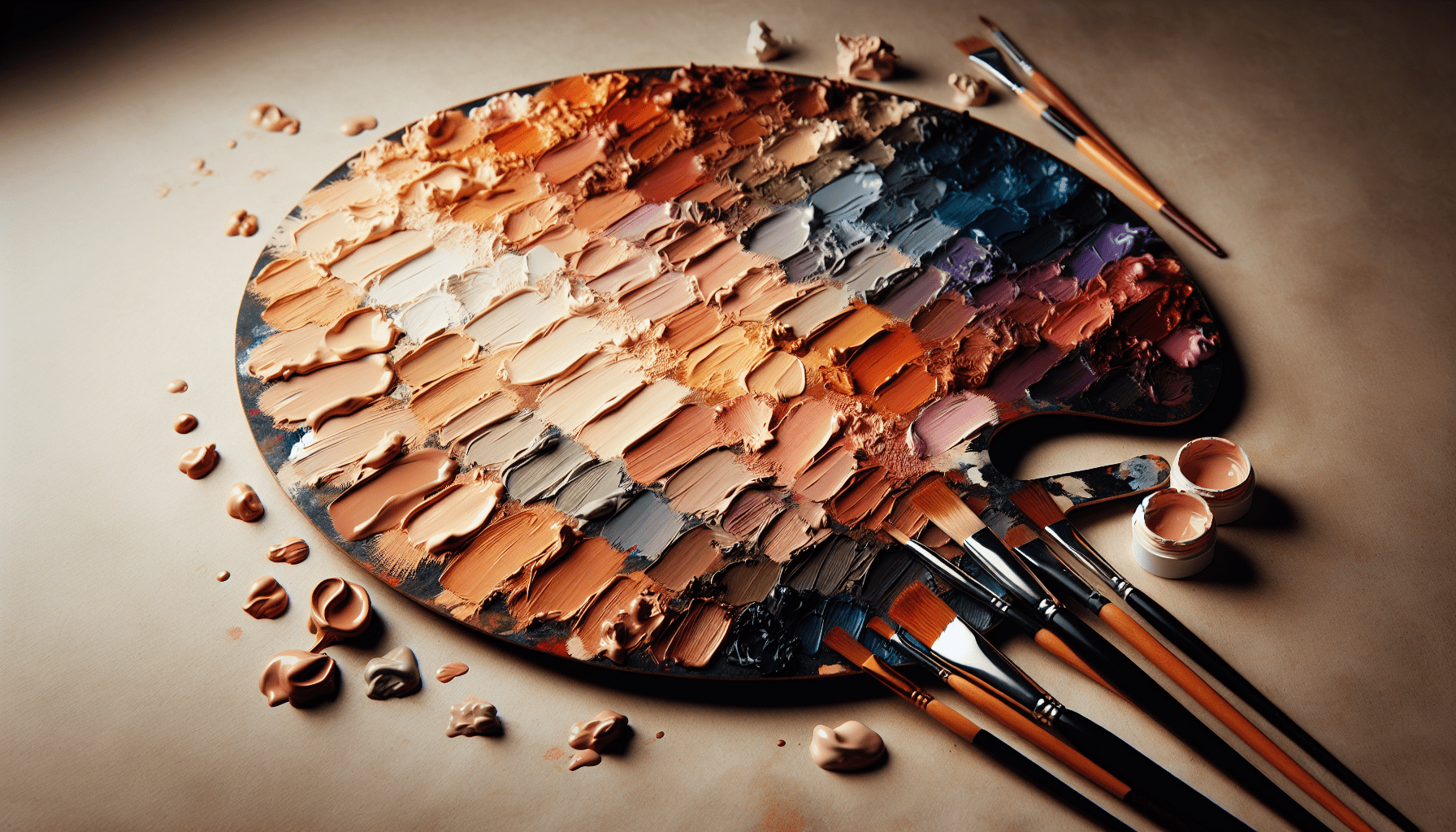Have you ever wondered if poster paint can be used as face paint? This is a question that arises frequently, especially in situations where individuals are looking for convenient or inexpensive alternatives for face painting. With its bright colors and easy accessibility, poster paint might seem like an appealing option. However, the decision to use poster paint on your skin should not be made lightly.
Understanding Poster Paint and Face Paint
What is Poster Paint?
Poster paint, also known as tempera paint, is a water-based paint that is frequently used for art and craft projects. It is favored for its vibrant colors, ease of use, and its ability to be easily washed off surfaces with water. Poster paint is commonly used by children in classroom settings for activities like creating artwork or school projects.
What is Face Paint?
Face paint, on the other hand, is specifically formulated for application on the human skin. It is used in various activities including theater, festivals, Halloween, and more. Face paint is typically made from ingredients that are non-toxic, hypoallergenic, and safe for use on sensitive skin.
Key Differences Between Poster Paint and Face Paint
Understanding the distinctions between poster paint and face paint is critical. Here’s a comparative table highlighting their primary differences:
| Feature | Poster Paint | Face Paint |
|---|---|---|
| Usage | Art and craft projects | Skin application for events and activities |
| Ingredients | Basic pigments, water, binder | Non-toxic, hypoallergenic, skin-safe |
| Safety | Not meant for skin application | Tested and approved for skin safety |
| Removal | Washes off with water from surfaces | Easily removable from skin |
The Potential Risks of Using Poster Paint as Face Paint
Possible Skin Reactions
Poster paint is not designed for skin application. The ingredients in poster paint can cause several adverse skin reactions including:
- Allergic Reactions: Ingredients in poster paint may trigger allergic reactions, resulting in skin redness, itching, or hives.
- Irritation: Poster paint often contains additives and pigments that can irritate the skin, leading to discomfort or rash.
- Acne and Breakouts: The heavy composition can clog pores, resulting in acne or breakouts.
Health and Safety Concerns
Using poster paint on your face extends beyond simple skin irritation. Health concerns associated with inappropriate use include:
- Toxicity: Some poster paints may contain harmful chemicals or pigments that are not safe for ingestion or skin absorption.
- Infection Risk: Improperly removed poster paint can contribute to bacterial infections, particularly in sensitive areas like the eyes and mouth.
- Long-term Damage: Continuous use of unsuitable substances on your skin can lead to long-term damage and potential scarring.
Regulatory Standards
Face paints are subjected to rigorous safety standards and testing to ensure they are safe for public use. Poster paints do not undergo the same stringent evaluations, leaving their safety parameters for skin application largely unknown and unverified.

Safe Alternatives to Poster Paint for Face Painting
Professional Face Paint Kits
Investing in professional face paint kits is the safest option for face painting activities. These kits are specifically designed to be safe for skin and come in various forms including cakes, sticks, and liquid.
Homemade Face Paint
For those who prefer a natural or cost-effective solution, homemade face paint can be another safe alternative. Ingredients such as cornstarch, flour, water, and natural food coloring can be used to make a skin-friendly paint.
Hypoallergenic Products
For individuals with sensitive skin, hypoallergenic face paints are available. These products are formulated to minimize the risk of allergic reactions and skin irritation.
Ingredients Commonly Found in Face Paint
Understanding what goes into face paint can further emphasize why it should be your go-to option for skin application. Here are typical ingredients found in safe face paints:
- Water: Acts as a solvent and helps in easy application and removal.
- Glycerin: Keeps the paint flexible and prevents it from cracking.
- Pigments: Derived from both natural and synthetic sources, these add color.
- Preservatives: Prevents the growth of bacteria and fungi.
- Emulsifiers: Helps in mixing oil and water-based components seamlessly.

Convenience Versus Safety: Why You Should Choose Face Paint Over Poster Paint
Ease of Application and Removal
Professional face paints are designed for easy application and removal. Unlike poster paint, which can be cumbersome to remove from the skin, face paints typically need minimal effort and are water-soluble.
Color Range and Quality
Professional face paints offer a wide range of vibrant colors that are specifically designed to look bright and last long on the skin. The pigments in face paint are also designed to be safe and non-irritating, unlike those in poster paints.
Shelf Life and Usability
Face paints have a stable shelf life and are designed to maintain their consistency and safety over time. This makes them a more practical and reliable choice compared to poster paints, which may degrade and become more harmful for skin use over time.
Conclusion
Using poster paint as face paint is generally not recommended due to numerous health and safety risks. Poster paints are neither formulated nor tested for skin application, making them inappropriate and potentially harmful. Always opt for professional face paints or well-researched homemade alternatives that are designed specifically for skin. Safety should be a top priority when it comes to any products being applied on skin, especially for activities involving children or sensitive individuals.



